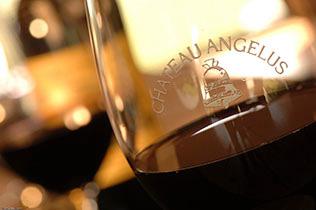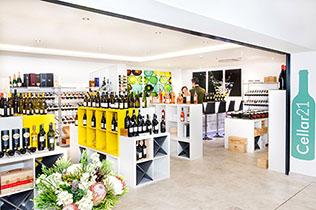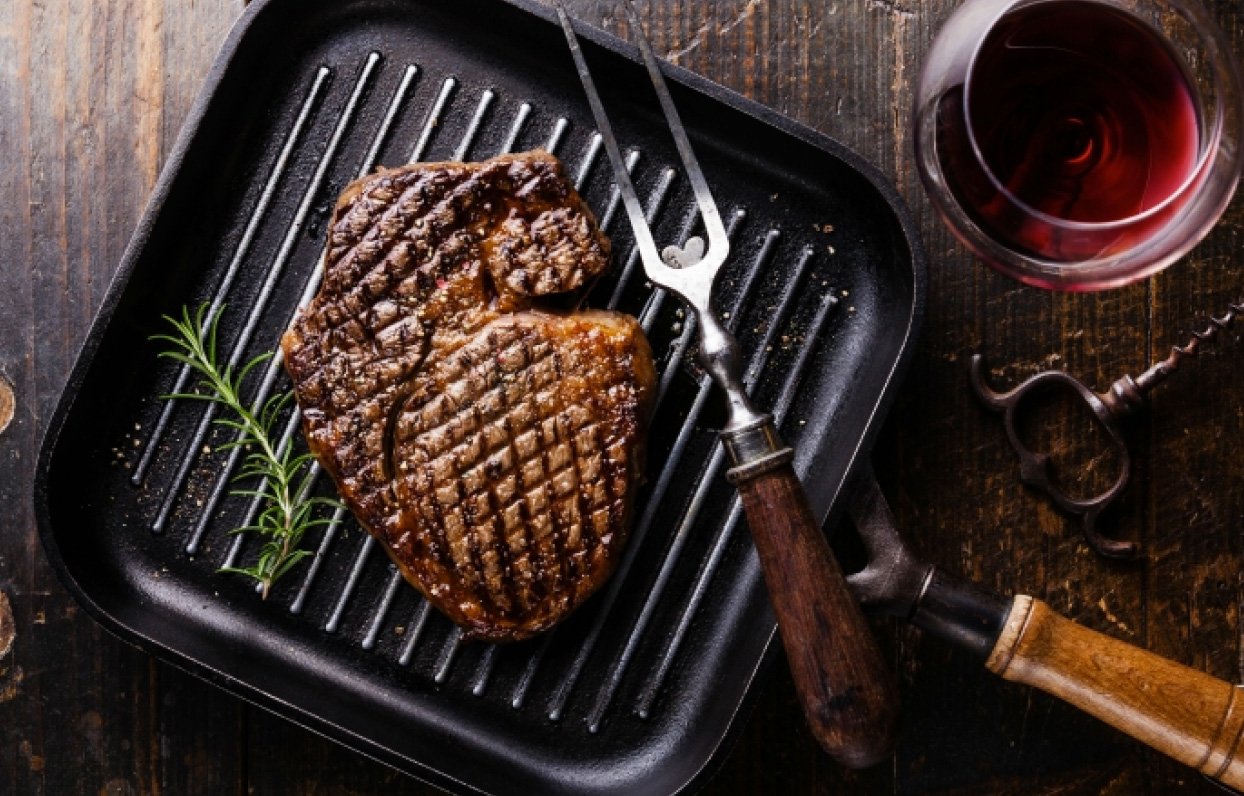

A
Alcohol - Ethanol is produced during fermentation. It is the amount of ethanol in the wine that indicates the alcoholic strength of the wine.
Alcohol by Volume (ABV) - The standard measure of how much alcohol is present in an alcoholic bevarage. It is expressed as a percentage of total volume.
AOP - Abbreviation for Appellation d'Origine Protégée, (Protected Designation of Origin), as specified under French law. The AOP laws specify and delimit the geography from which a particular wine may originate and methods by which it may be made.
Appelation - A legally defined and protected geographical indication used to identify where grapes for a wine were grown.
Assemblage - Blending of a number of different parcels of wine, particularly in Bordeaux or Champagne.
B
Batonnage - See Lees Stirring
Best Value - At Bon Coeur we are passionate about offering good value for money and have introduced a Best Value flag for products. Best value identifies the wine format which offers the very best value overall per/centilitre of wine. Should the price per/centiletre be the same in more than one format it will choose the largest cost as this means you will need to spend less to qualify for free delivery. Best Value is calculated automatically by the website based on current pricing.
Biodynamic - A form of organic viticulture that follows the teachings of Rudolf Steiner. Vine treatments are timed to match astronomical cycles.
Botrytis Cinerea - The fungus that attacks grapes. It usually destroys the grape but in certain places, the climatic conditions allow the grapes to become concentrated because it cases a natural dehydration. Also known as 'noble rot', it is essential for the production of sweet wines in Sauternes and Barsac.
Brut - Dry, used in relation to sparkling wine.
C
Carbonic Maceration - A vinification method where whole bunches of grapes are fermented in a sealed vat containing a layer of carbon dioxide, resulting in soft fruity wines. This method is used in the Beaujolais region of France.
Cepage - French for grape variety. On a wine label it refers to the grape varieties used in the wine.
Corked - A corked wine takes on the smell of cork as the result of a damaged, unclean or faulty cork. The wine smells musty/stale with no fruit present.
Cuvee - The juice resulting from the first pressing in Champagne.
D
Decanting - The process of pouring wine from its bottle in order to separate the sediment from the wine.
Demi-sec - Medium-dry.
Dosage - Adjustment of the sugar level in sparkling wines by the addition of liqueur d'expedition (a mixture of wine and sugar) after degorgement.
E
Eiswein - German term, (icewine) Grapes are left on the vine until they freeze (-7oC) The water content of the grape is removed as ice resulting in a sweeter, concentrated wine.
En Primeur - The process of buying wine in cask/barrel before it is bottled at the Chateau and released onto the global wine market.
F
Fermentation - A chemical reaction brought about by the action of yeast. In winemaking, alcoholic fermentation and malolactic fermentation is used.
G
Grafting - The union of a small piece of one vine including a bud on to a supporting rootstock. The most important use of grafting in viticulture is to graft vitis vinifera plant onto American vine rootstock species to control phylloxera.
Green - Green wines are made with underripe grapes. They can lack richness as well as having a vegetal character.
H
Harvest - The picking of grapes after the grapes have reached ripeness.
I
Irregation - The supply of water to the vine by means of artificial canals, flooding, overhead sprays or drip systems on individual vines.
In Bond - A wine in bond does not include duty and VAT on the price. To be release a wine from a bonded warehouse, these both need to be paid on release.
L
Lees - The sediment of dead yeast cells that settles at the bottom of the tank or cask once fermentation is complete.
Lees Stirring - The process of mixing the lees in with the wine, in cask to extract components that will give the wine extra body and flavour.
M
Maceration - The period of time when the skins are in contact with the fermenting must during red wine vinification.
Malolactic Fermentation - The conversion of harsh malic acid into softer lactic acid.
Must - Unfermented grape juice, to become wine.
N
Noble Rot - See Botrytis Cinerea.
Nose - The smell and aroma of a wine.
O
Oxidation/Oxidised - A chemical breakdown caused by too much oxygen exposure. The wine can become brownish in colour and lose their flavours.
P
Palate - The taste of the wine. The palate can detect body, acidity, tannins and finish as well as flavour characteristics.
Phylloxera - An insect pest to vines that feeds on the vine root causing the vine to die. It can be stopped by grafting the vine onto American vine species rootstock.
Q
Quinta - Portuguese term for an estate or vine farm.
R
Racking - The drawing off of clear wine from a cask or vat, leaving the sediment behind.
Residual Sugar - Unfermented sugar remaining in the wine after bottling.
S
Sec - Dry
Solera - A system of fractional blending used in the production of Sherry. A complex process that blends many vintages together, older wine is refreshed with the addition of the younger wine.
Spatlese - German term for 'late harevest' wine. Can be dry through to sweet with concentrated flavours of ripe peach, citrus and apricot.
T
Tannin - A naturally occuring compound present in the skins, stalks and pips of grapes which is extracted during the vinification of red wine. Tannin gives structure to wine as well as acting as a preservative.
Terroir - Geographical factors that are expressed in a wine including climate,site, soils, aspect and slope.
V
Vieilles Vignes - Old vines.
Vinification - The process of winemaking.
Viticulture - Grape growing.
Vitis Vinifera - A wine vine used to grow grapes for the production of wine.
Y
Yeast - A micro-organism used in the fermentation process of winemaking.




